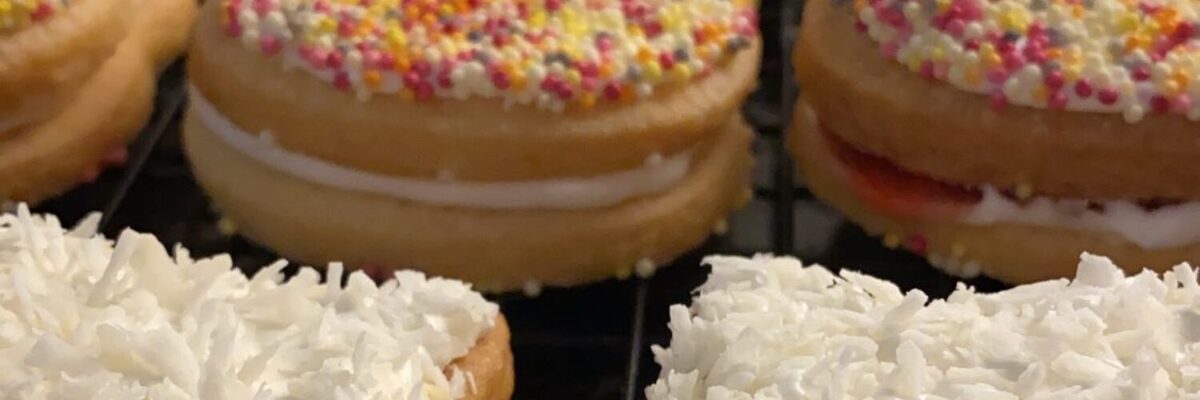Shortcrust Pastry
To produce a base for a tart flute 9" round, or for 4-6 small pasties, you will need:
- 125g Plain flour
- 55g butter, cold
- 2-4 Tbsp water, cold
- Pinch of salt
Optional
- 2 Tbsp sugar
- Replace some of the water with milk
*This recipe can be doubled if you would also like a lid for your bake or just more of a thicker base.
The key to achieving delightful pockets of air in your pastry, thus the flakiness, is to know how to treat the butter. It should be cold, cubed, and worked with sparingly.
In a bowl with the flour, salt, and butter, rub the butter into the flour until you have petit pois sized butter granules. A lot of recipes will tell you until you achieve a consistency resembling breadcrumbs; bunk, I say! By having the butter a little larger, we can get bigger pockets of air in the pastry. This is because once the butter has steamed/melted during the baking process, it leaves space, thus producing that coveted flake.
Once you have rubbed the butter to the right size, adding the water tablespoon by tablespoon and stirring gently allows us to see when the flour mix comes together in a nice shaggy dough. It shouldn't be too wet, but just coming together. Any bits that have not joined the dough ball can be pressed and formed into the dough ball, just being mindful of and gentle to not further break the butter. Wrap the dough in some cling film and let rest in the fridge for at least 20 minutes. This is a good time to prepare any fillings and baking vessels or, alternatively, you can prepare the dough well ahead of your bake.
When ready to work with the dough, flour your work surface and the rolling pin. Roll out the dough quickly and sparingly. The more you manipulate it, the more chance you have of losing the butter into the pastry, so less is more. When the pastry is the right size for your baking vessel, transfer it over and once again return to the fridge to set up. If doing hand pies or pasties, I would suggest resting the dough in the fridge again before shaping them, as this helps with handling and shaping the pastry.
As mentioned earlier, if you are doing this for something like apple pie, you can swap out some of the water for milk and add 2 tablespoons of sugar to the dry mix when rubbing the butter. It really is that simple.
And there you have it, flaky butter pastry dough, for savoury and sweet bakes! Just remember to be nice to the butter, leave it a little larger than most recipes say, and if you are baking a wet mix, blind bake the pastry first. Happy baking.
*Update*
I did read that you can use vodka instead of cold water as this doesn't interact/alter gluten the same way as water, also it helps to mitigate moisture as it more readily evaporates and burns off.
